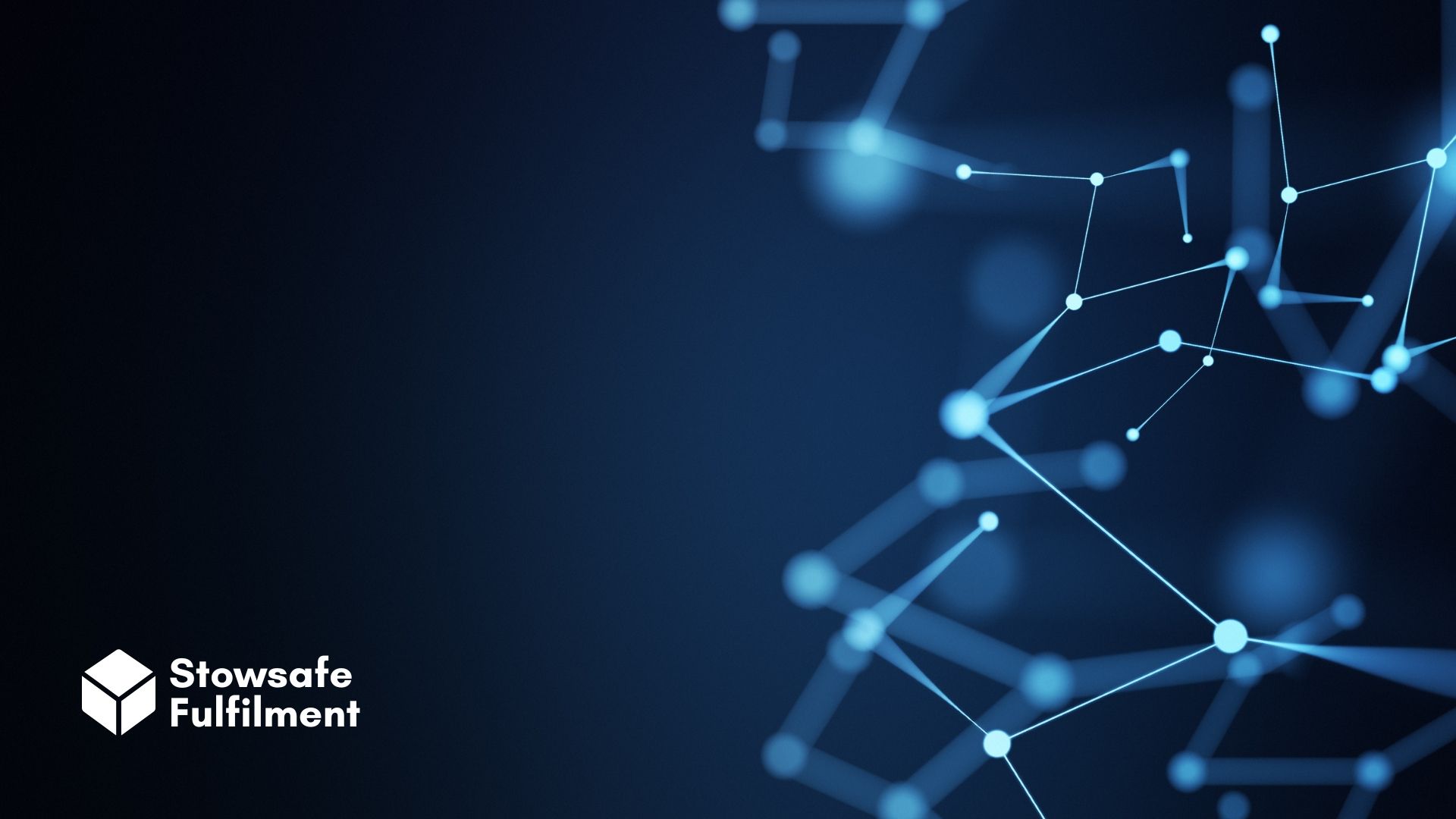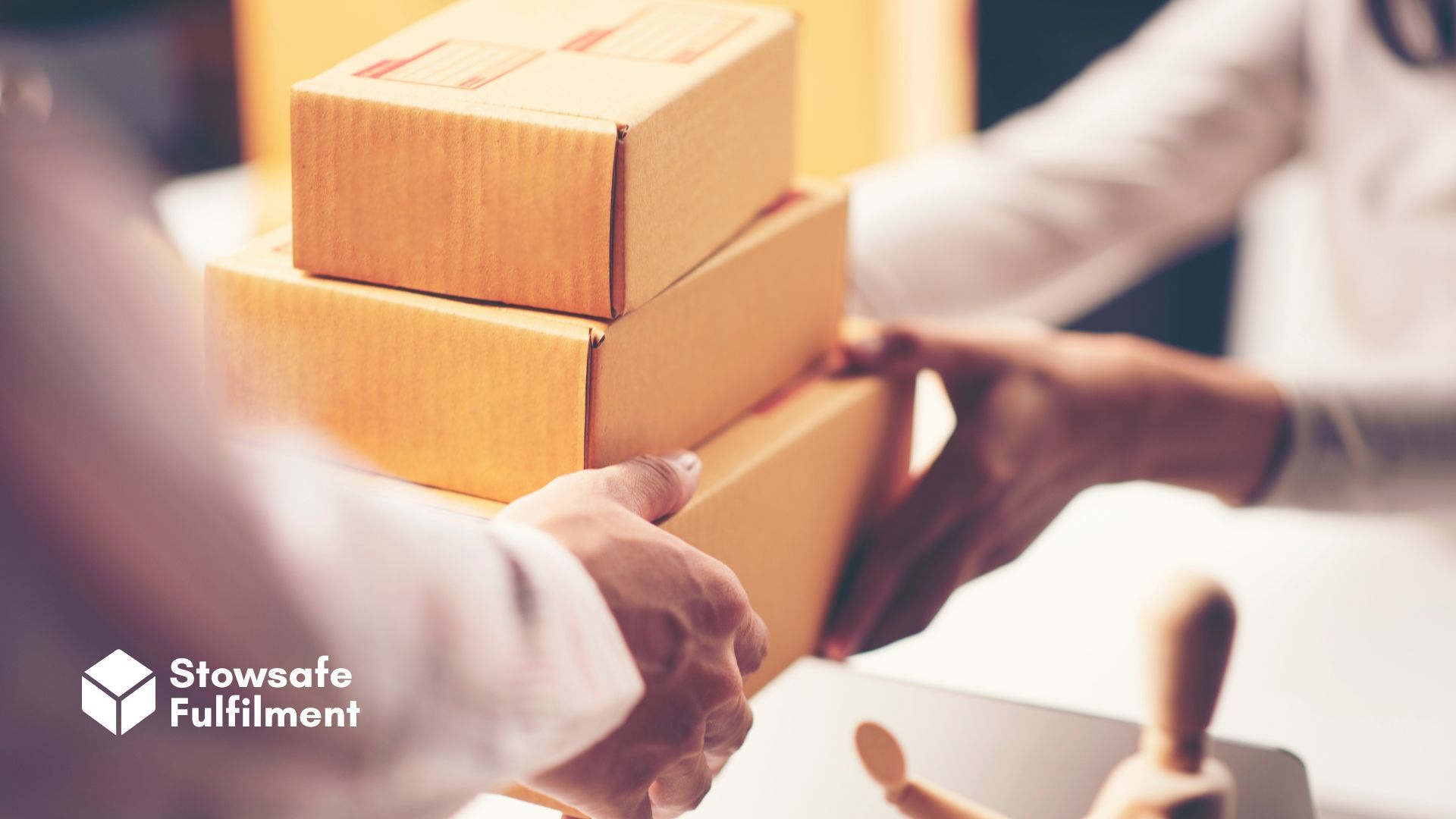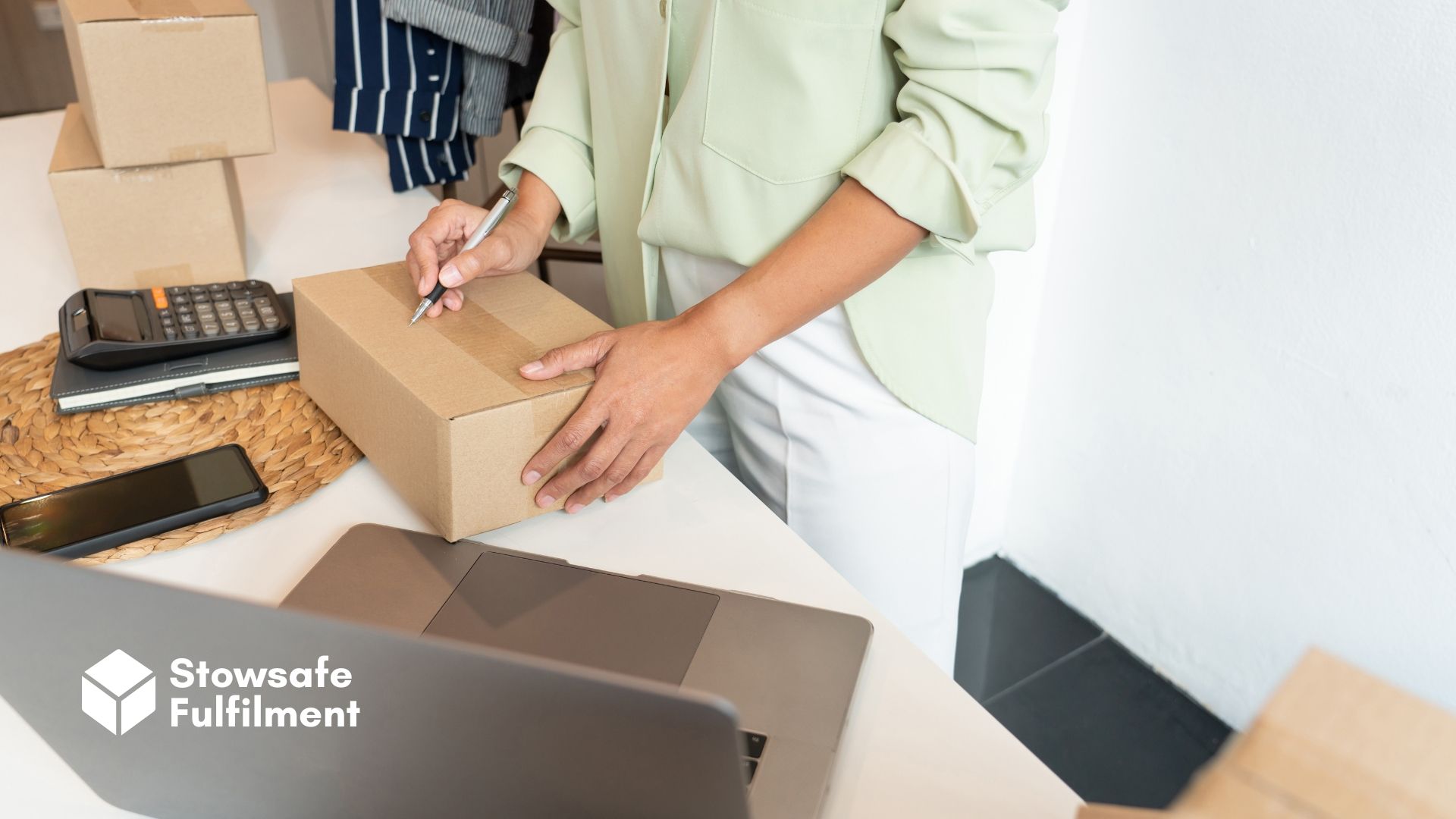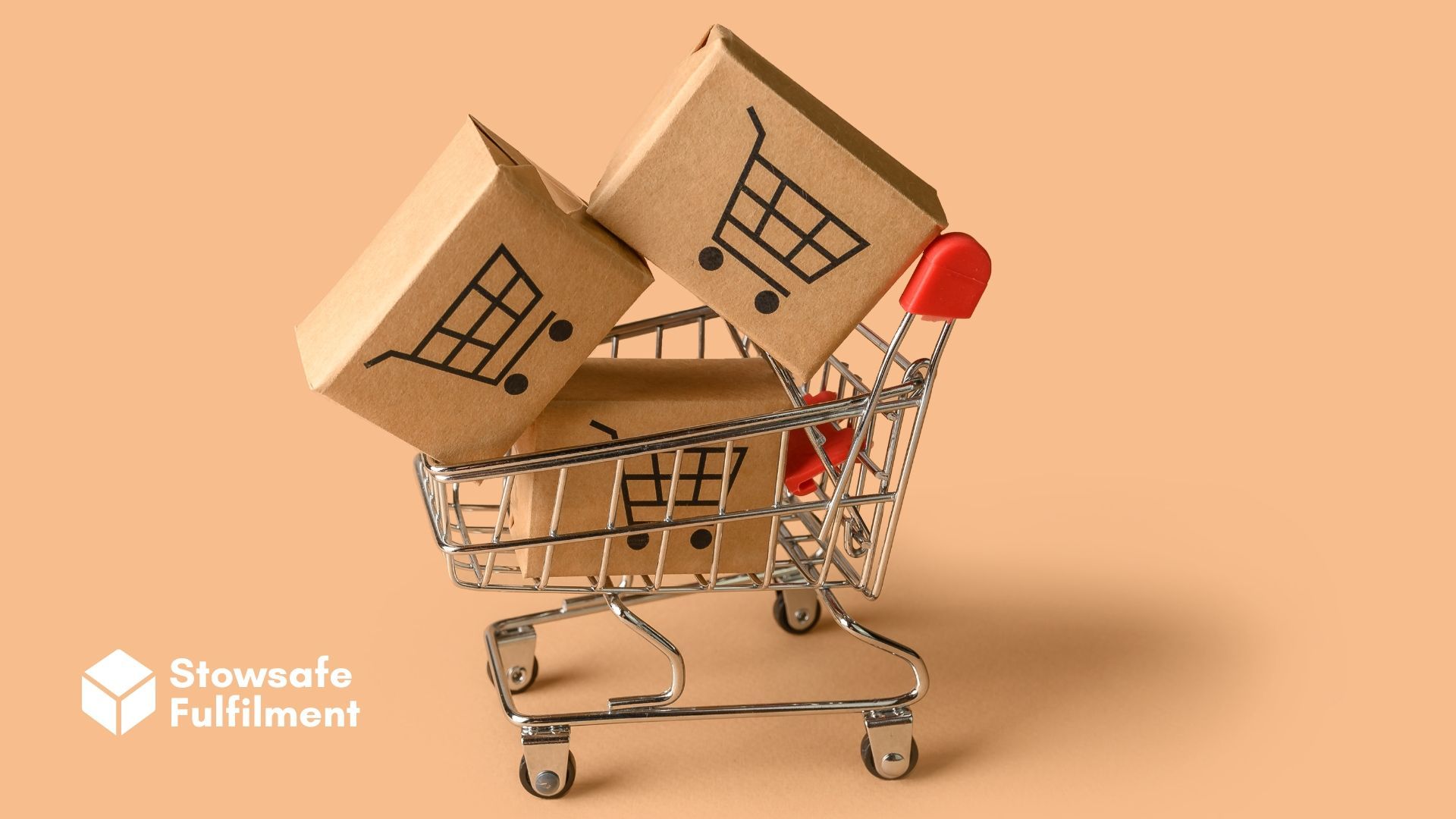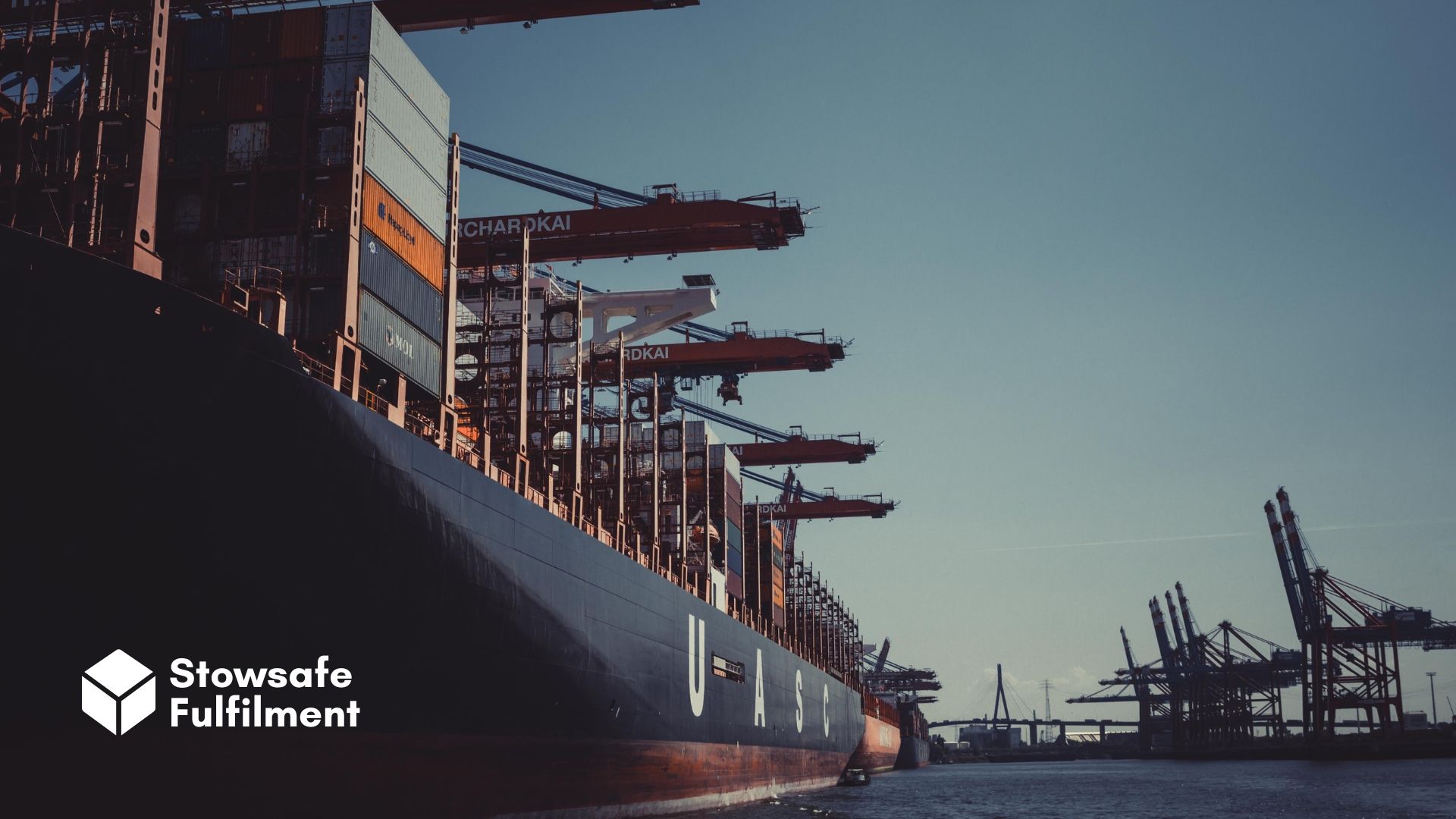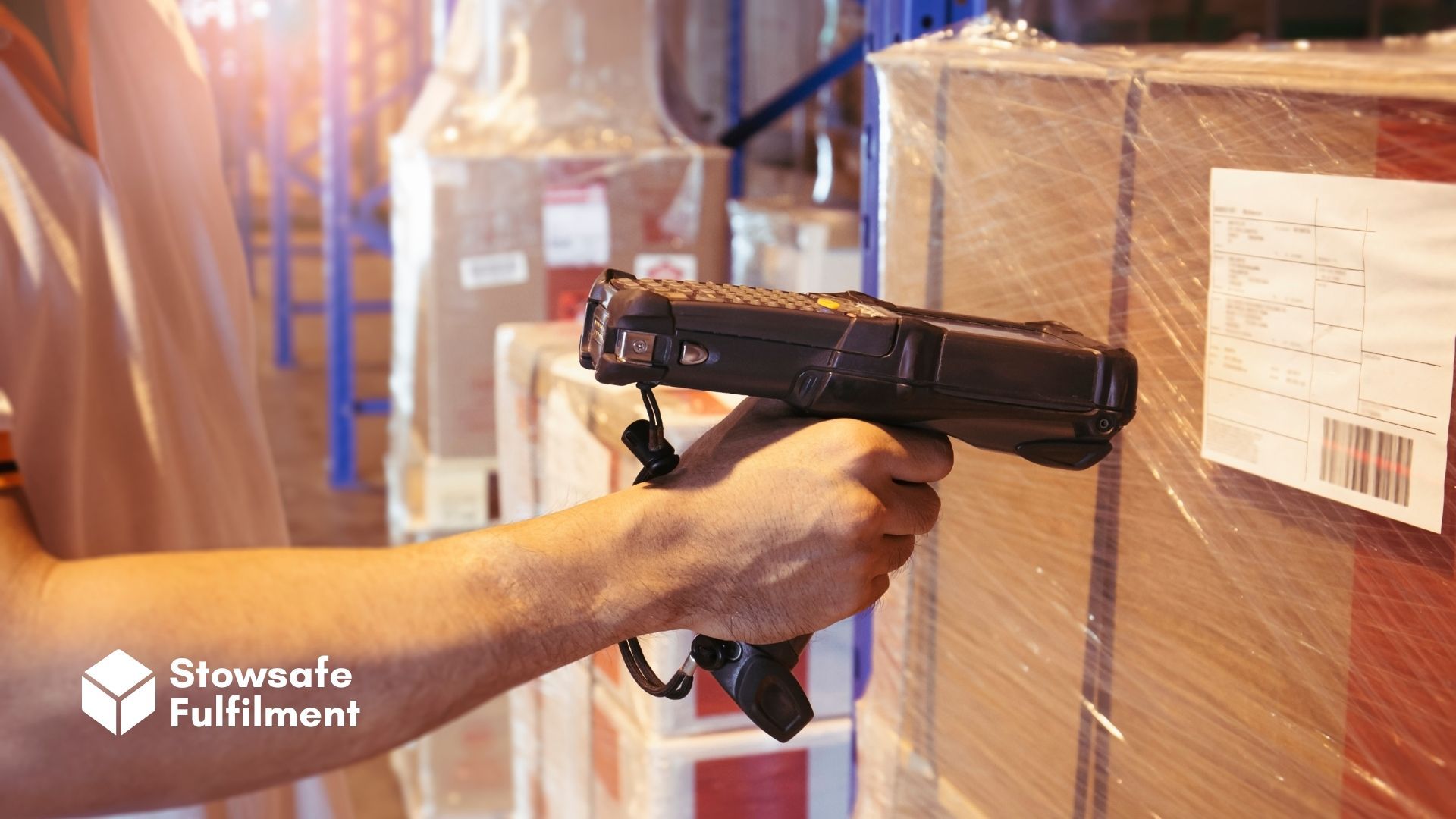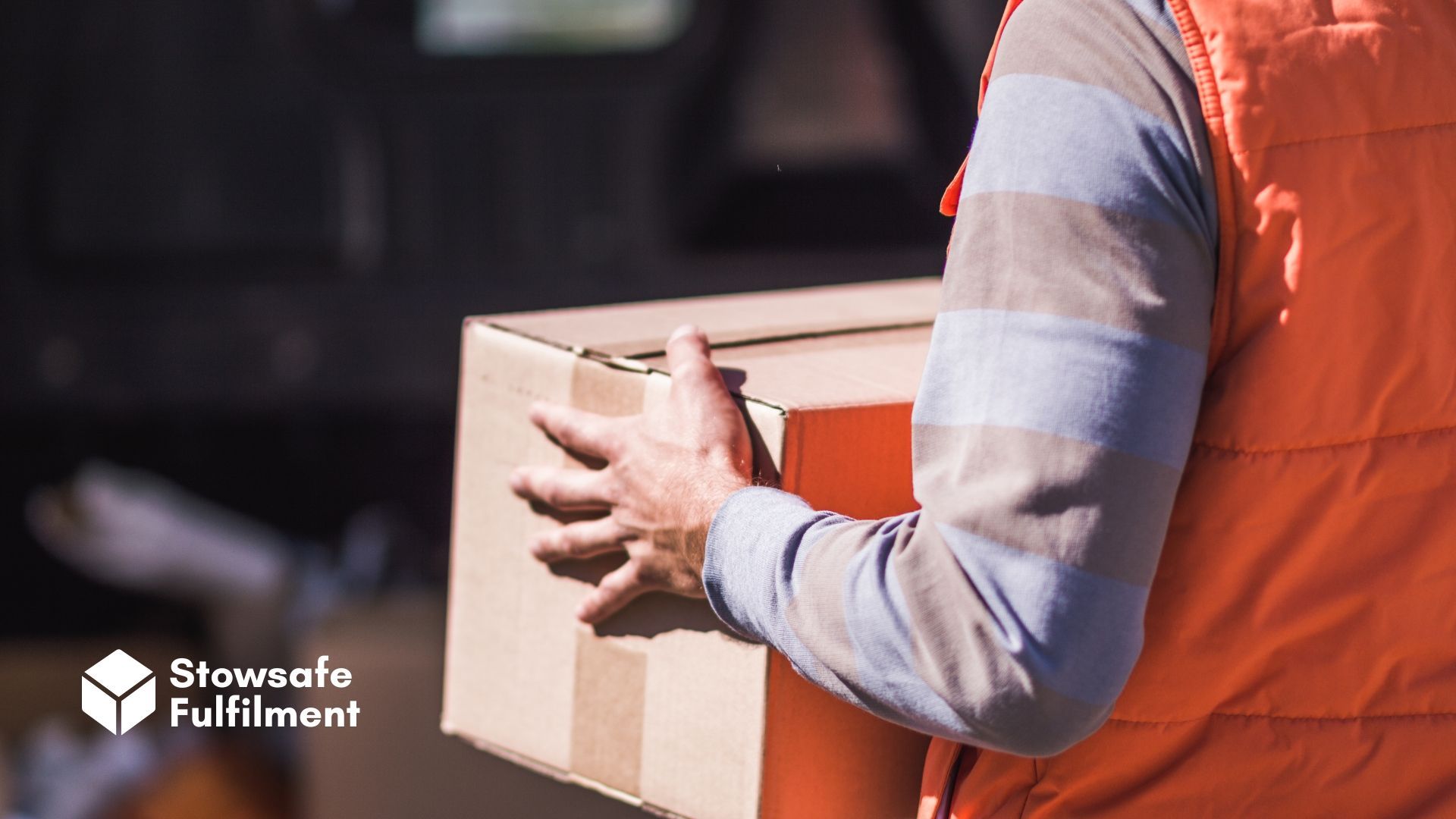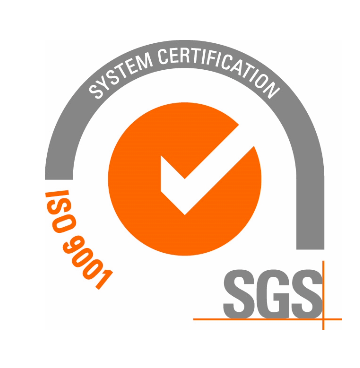What's hot and what's not is the never-ending question for commerce. Demand planners are taking control with demand sensing. But what IS it, exactly?
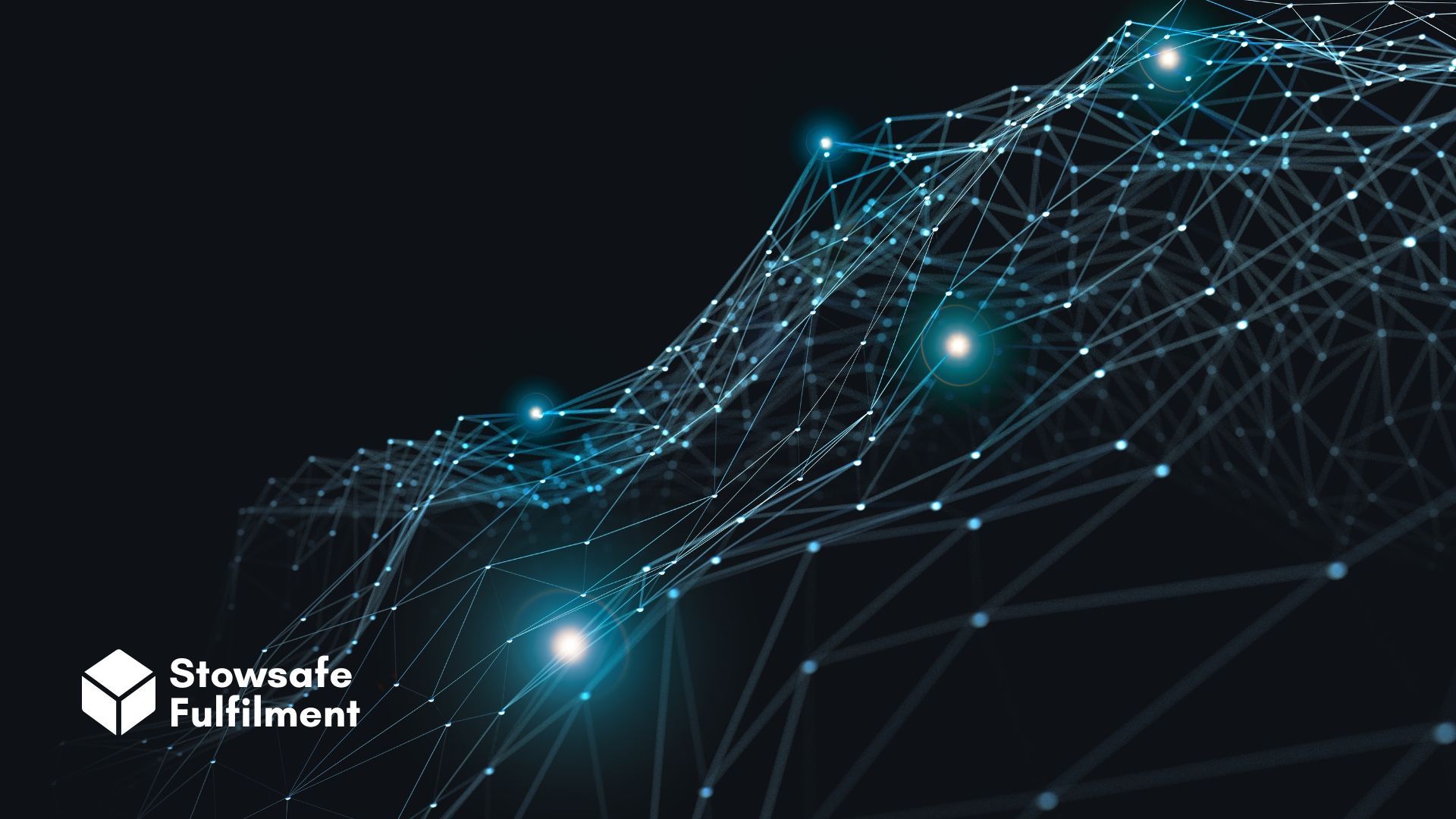
Whether you're the owner of a small Etsy shop or the CEO of a grocery giant, your goal is the same: grab every sale you can.
These days, businesses have to work much harder for brand loyalty. Consumers have plenty of options – and are more than happy to shop around for the best deal.
It's hard enough to get the customer fishing for your products in the ocean of competitors. So no retailer wants to be missing out on sales that were
literally in the bag, simply because they've flunked their forecasting and ended up out of stock.
The fast-moving consumer goods industry has gotten very good at using analytics to predict consumer behaviour needs and wants. But traditional forecasting methods are falling short in today's markets, which are evolving faster than ever before.
Here's where demand sensing comes into play.
What is demand sensing and how does it differ from forecasting?
To put it simply, demand sensing predicts near-future demand using short-term data. It relies on emerging technologies such as AI and machine learning to capture the present realities of the supply chain faster than ever before.
It isn't a replacement for traditional demand forecasting (these methods remain very useful for mid to long-term demand planning). Rather, it acts as a complementary agent to bring the reactivity that was previously missing.
Supply chain managers have traditionally relied on forecasting methods that draw on internal company data and order patterns from the previous year(s). This is good for capturing the bigger picture of year-on-year change and generalised market direction.
All things considered, however, it's pretty outdated by the time it's used – and predicting unprecedented events is next to impossible.
By contrast, demand sensing methods use data that are days, if not hours, old. The function of these snapshots isn't to stake demand for 12 months away. Their granularity makes them highly effective at predicting demand from one day to the next, increasing flexibility in the supply chain.
But can AI aid long-term forecasting too? Absolutely.
Moving beyond conventional forecasting and into machine learning allows supply chain managers to leverage data on external factors (such as country GDP, weather and competitor promotions) without it being painfully manual – and consequently, prone to errors. AI tools can help simulate out-of-stock, halo effect and cannibalisation scenarios, enabling category managers to make the right decisions to preserve the health of the organisation's assets.
What are the benefits of demand sensing?
Unless you've been living under a rock, you'll know that markets have been a bit volatile these past few years.
Pandemics and global conflicts have disrupted supply and demand in ways never seen before. Emerging ways to buy and sell have made every influencer a potential affiliate – and every subscriber a potential customer. Trends explode and then fizzle within days, making it difficult for businesses to capture this new breed of consumer's intense – but fleeting – attention.
Flexible and reactive, demand sensing is perfect for a volatile market because it uses intuitive tech to make the unpredictable predictable.
Getting a grip on demand planning breeds lots of benefits:
1. Supply chains become more resilient
Global supply chains are like expensive watches: meticulous, sophisticated, and delicate. If the past five years have taught the retail industry anything, it's that one rogue cog can send the whole machine into ripples of chaos. Recovering from these mishaps costs businesses eye-watering amounts of time and money.
Quick or real-time visibility gives supply chains lightning reflexes, allowing them to respond with speed and agility to issues and disruptions. With the help of demand sensing, businesses can avoid bottlenecks, backlogs and inventory catastrophes, helping themselves and saving their customers from disappointment.
2. Supply chains become leaner
Inefficient supply chains haemorrhage revenue. Daily data insights make inventory management easier – and can help companies transition to a just-in-time (JiT) model, where goods are only ordered from the supplier as they are needed, in the quantities required.
Unsold inventory has a representative cost, same as stock-outs. Dead inventory takes up precious warehouse space that could be used for stronger performers or new lines, which eventually can become cheaper to write off.
Excessive discounting isn't always good for your brand, either. In the long run, it might end up diluting the value as bargain shoppers become unwilling to pay full price.
3. Brands avoid sustainability issues and bad press
When demand rises unexpectedly, businesses are forced to scramble to prevent (or at least minimise) out-of-stock disappointment. When the priority is to expedite new stock, the financial and environmental costs of speedy manufacturing and distribution can prove costlier to a brand in the long run.
There's also a risk of responding too fiercely. The trend fizzles before the new stock hits the shelves – and suddenly there's a year's worth of panic-ordered inventory just left to sit there, destined to be a burden on the warehouse until it ends up in landfill.
Particularly in the grocery and retail sectors, consumers are pushing back on topics of waste, meaning retailers must do everything they can to distance themselves from unsustainable practices.
Customers want brands to understand them
Running out of stock or having too much of the wrong thing are really two sides of the same coin. Both mean the company doesn't understand its customers as well as it could.
Online shopping has fundamentally changed consumers' perceptions and expectations. Even for brick-and-mortar operations, today's consumer knows they have options – and will turn to a competitor if it's offering the product they want in the timeframe they expect it.
How to start using demand sensing
The demand-sensing method is the next generation of forecasting – and the only way companies will be able to use it is to get on top of their data.
Historical data, real-time data and AI and ML tech must be combined to produce forecasts that accurately translate into better business decisions, allowing for optimal inventory management, reduced operating costs and increased brand reputation.
Stowsafe Fulfilment is a trusted
storage and fulfilment service provider based in the southwest of England. For more logistics tips and news, follow our
industry blog.
All Rights Reserved | Stowsafe Fulfilment

